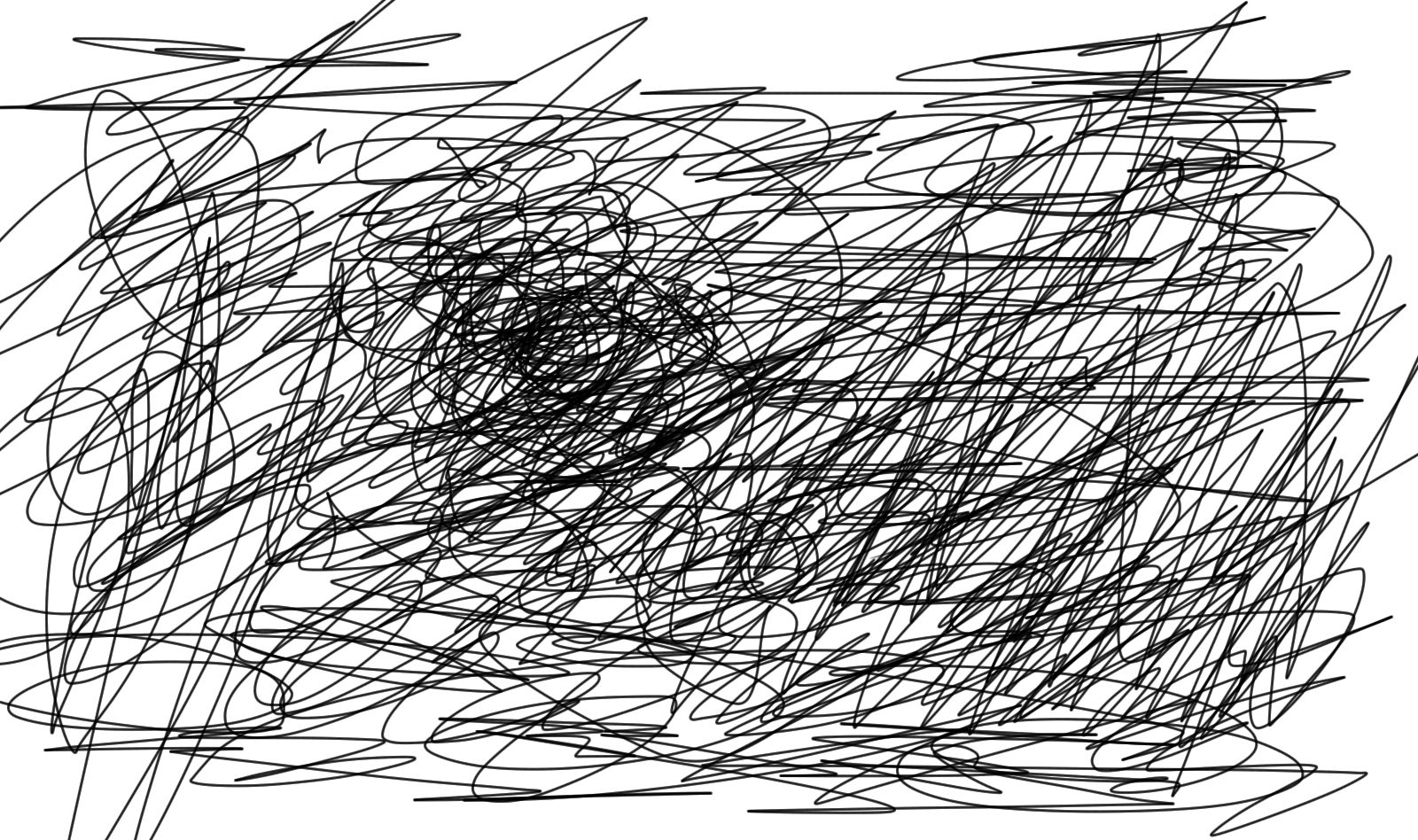One of the things I admire most in some scientific and academic writers is the ability to simplify and make ideas understandable, even when they deal with very complicated concepts. People like Stephen Hawking, Brian Cox, and Marcus Chown. It’s surprisingly difficult to do!
Making complex concepts understandable and being able to communicate that simply, is something I’ve struggled with. It’s often easier to use Jargon, technical and elevated language to hide behind the fact that you can’t communicate it to others. At least they’ll think you’re clever. But, as Richard Feynman said; “If you can’t explain it in simple terms, you don’t understand it”.
The process of demystifying is part of my learning process and helps me understand better what I have read. Some ideas are very difficult to grasp or to bring to life. However, I think that the technique is applicable to any place that you need to get an idea across to other people.
Often I find that an image helps to get an idea across rather than more words. However, that doesn’t completely solve the difficulty that some ideas are difficult to grasp and difficult to communicate. So, I try to tackle the subject from a different direction.
So I looked for a method or some methods to help me find a framework for simplification and I’ve come up with this.
1. Have a big idea. Crystallize what you want to say.
I try to think about what the underlying message that I want to communicate will be. What do I want the reader to take away from this article or talk? This needs to be broken down into a single statement, almost a mission statement. The reasoning for this is so that you stay on message. Don’t deviate if it doesn’t serve the purpose of the message or idea you want to get across.
Once you have your central idea, this is the backbone of the whole piece. Then write down each and every sub-topic that will build towards explaining the idea. Get this down to a single sentence at most, preferably just one word. This is now your outline. Shuffle these points so that they form the most logical progression to building your big idea. Don’t start writing yet.
For myself, I always throw down a mindmap. I find that makes it easier to jump around as and when ideas occur to me and helps to categorize each sub-topic and sub-sub topics. One central idea spreads out across the page. It’s fast too, which helps when you’re as impatient as I am. I will redraw a mindmap several times until I have it in a form that I know will make a good logical outline.
Usually, I do nothing at this stage. It seems to work for me to let ideas incubate for a little while and then, often when out walking or running, I get an epiphany and have to start all over again. But, nothing is wasted. Then I will put the outline on paper, in a linear form and interrogate it. But I haven’t written the words yet. (although sometimes juicy phrases will come to mind).
2. Map the ideas to how people can apply it to their own lives.
This is the start of making it relevant to a reader or listener. I still don’t write the full text. This is where you make it relevant to your audience. Honestly, this is work-in-progress. I have to work out here who my audience is. I have to visualize a person that I’m speaking to. I think this has two advantages (although it’s difficult), First, it gives me the tone I want and second it should make it the material more relevant.
3. Stories are the glue.
If you can relate the concept to a story from literature, films, history or even philosophy, it becomes more understandable and probably more readable. This is where you introduce your anecdotes, your segways. But always come back to the paragraph keyword and your main topic idea. As with film editing, if it doesn’t progress the idea or story, cut it! A story gives your ideas a hook and a thread by which to follow things.
Personally, I love introducing film references for my talks and writing. Mostly because some of the greatest storytellers of our time are working in film.
I recently tried to explain the concept of homeostasis as consciousness (a concept put forward by Antonio Damasio, a neuroscientist) to some architects and designers and struggled with how to get the idea across. So, I told them the story of Goldilocks and the 3 Bears, with an illustration. It seemed to get the basic concept across.
A few other notes on demystifying Complex subjects.
Read a lot. Go into and around the subject, go deep. Be open to what you learn, it may not be useful or relevant now but at some point, it will be.
Doubt the evidence (another Feynman maxim), but keep an open mind. Test (as far as you can) the stories. Doubt, I think, is one of the most important methods for any creative endeavor. You can’t progress or solve problems if you don’t question what you have in front of you. New solutions are borne out of doubt and questioning.
Get help, Collaborate. Much as I find it painful, I let my wife read my talks and pieces before they go out. She is a brutal critic and (unfortunately) often right (but not very sympathetic). However, sometimes someone else will see simple fixes where you are too close to the work to see anything.
Finally, set your piece aside for a while, if you can. It always surprises me how differently I look at a piece I’ve written when a few days have passed.
I think this system holds true for everything, from writing articles to giving design presentations. One strong, clear central idea that everything serves.




